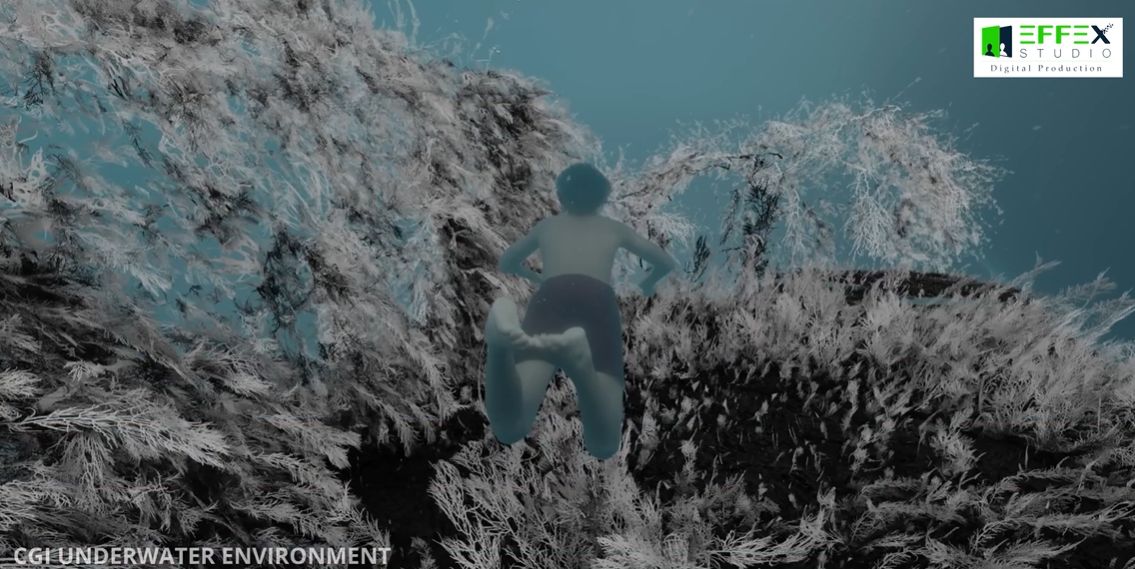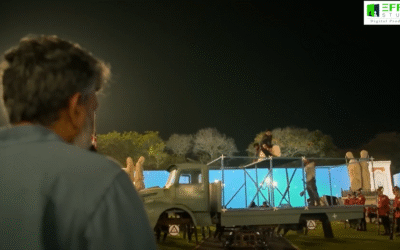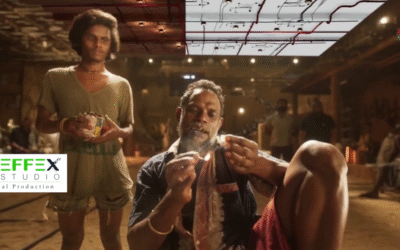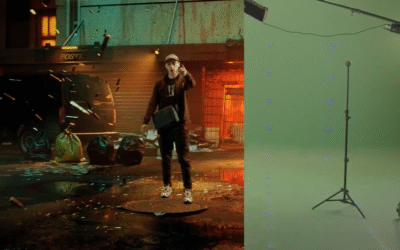Background
Accident scenes play a vital narrative role in many films, often acting as pivotal emotional or plot-shifting moments. In a recent drama-thriller, a car collision was central to the storyline, serving as a major turning point for the protagonist. Although the stunt crew executed the crash sequence practically, the emotional gravity and realism had to be fully realized through movie post production services.
Project Overview
The sequence was filmed on a closed-road set using two cars rigged with onboard cameras and drone-based aerial coverage. High-speed cameras captured every fragment of the crash — from flying debris to human reactions. While the raw footage was detailed and intense, it lacked the emotional impact expected in a cinematic experience. That transformation took place inside a post production studio, where emotion and intensity were carefully crafted.
The post production process in filmmaking was divided into multiple phases:
- Tight-paced editing for narrative clarity
- VFX layering for added realism
- Dynamic sound design to match the emotional impact
- Color grading to reflect tone shifts
Core software tools included DaVinci Resolve, After Effects, Premiere Pro, and Pro Tools — standard across top film post production companies.
Key Challenges and Solutions
One significant challenge was balancing realism with cinematic intensity. Though the stunt was safe and controlled, it didn’t fully convey visceral trauma. The VFX team addressed this by layering debris, windshield fractures, smoke trails, and skid marks in After Effects. Advanced frame tracking and rotoscoping allowed these details to seamlessly integrate with the practical effects.
Onboard camera footage introduced excessive shakiness. Rather than over-stabilize, editors used Premiere Pro to retain select natural shakes, preserving the chaos. Motion blur and frame blending were added to maintain visual coherence without nausea-inducing jitters — an advanced move typical of professional video post production services.
The sound department recreated missing elements using Foley. Audio like tire screeches, metal crushing, window shatters, and ambient city noise was carefully timed. Post-impact silence and subtle ringing were also added to simulate trauma and heighten emotional impact. These sonic textures, designed and layered in Pro Tools, helped ground the sequence emotionally — demonstrating how film editing and post production influence audience immersion.
Color grading played a narrative role. Shots before the accident had warm, vibrant hues. Post-collision scenes were shifted to colder, desaturated tones to reflect emotional shock. DaVinci Resolve’s masking tools allowed for smooth corrections despite natural lighting shifts — a hallmark of elite movie editing and VFX services.
To emphasize the emotional stakes of the crash, editors employed time dilation techniques like speed ramping. The impact itself was shown in slow-motion, allowing viewers to absorb every detail and expression, then transitioned back to real-time to maintain pacing.
Outcomes and Impact
The final cut delivered a gripping and memorable accident scene. Transitioning seamlessly from buildup to chaos to aftermath, the sequence stood out for its restraint and realism. Film critics praised the scene’s technical execution, especially the subtlety of the VFX and the emotional tone of the audio.
Online viewers engaged heavily with the scene, calling it “haunting,” “immersive,” and “a masterclass in editing.” On social media and streaming platforms, the clip went viral as an example of how powerful movie post production services can elevate even the most intense moments without exaggeration.
Learnings and Best Practices
- Always shoot with post production studio augmentation in mind — capture modular crash components.
- Use silence and ambient audio shifts to elevate emotional tension.
- Match emotional tone with color — pre- and post-event grading should reflect story beats.
- Controlled camera shake can preserve realism when used with restraint.
- Blend practical stunt work with minimal VFX for grounded impact.
- Use slow motion only when necessary — for maximum narrative effect.
Conclusion
Accident scenes demand the highest level of coordination between stunt work and film editing and post production. This case study proves how layered sound design, precise visual effects, and emotionally intelligent editing can transform raw footage into a deeply affecting scene. For film post production companies, it’s another reminder of how the real story is told after the cameras stop rolling.



